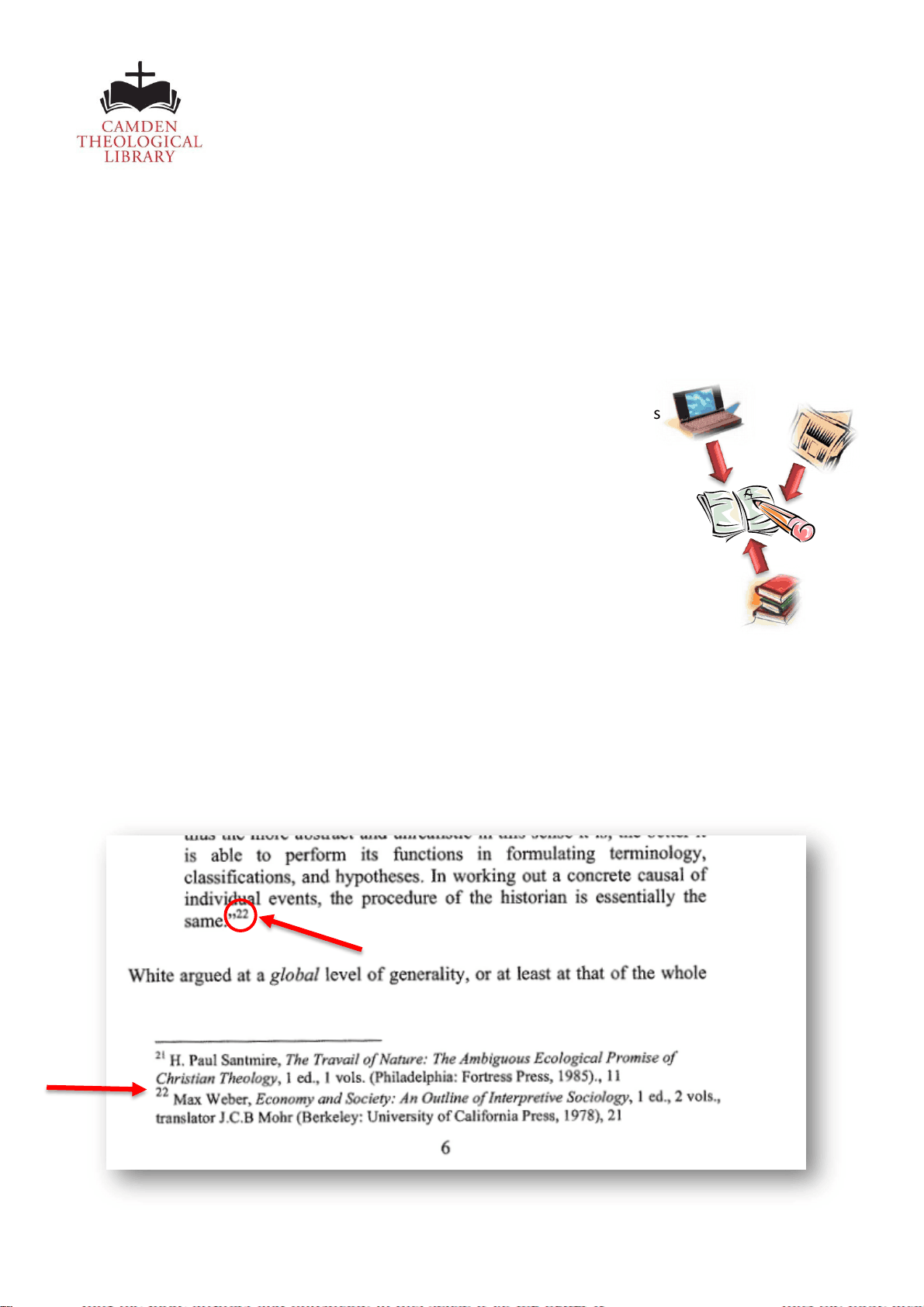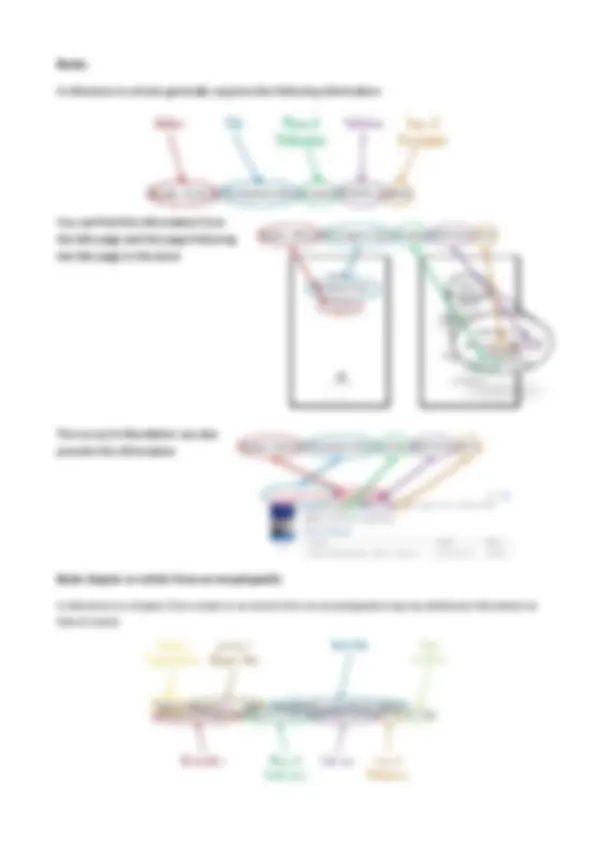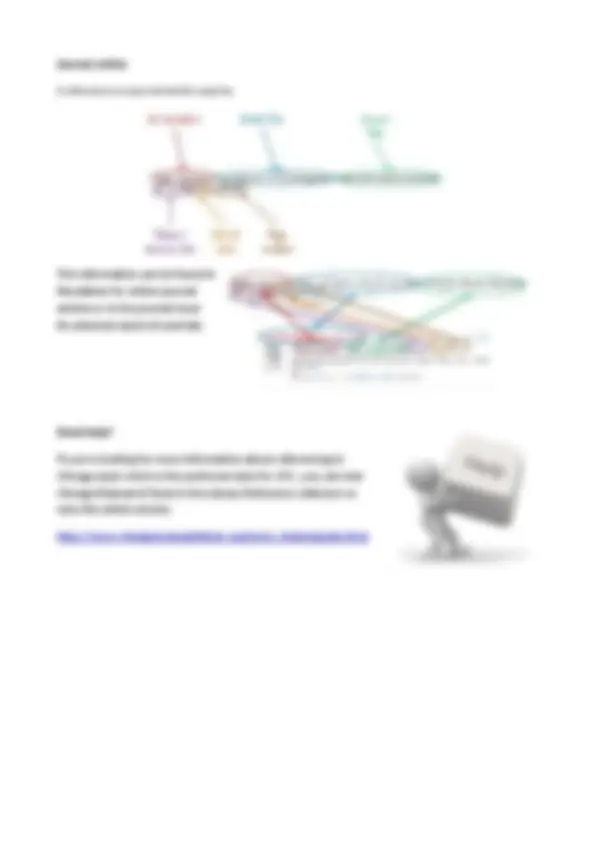




Study with the several resources on Docsity

Earn points by helping other students or get them with a premium plan


Prepare for your exams
Study with the several resources on Docsity

Earn points to download
Earn points by helping other students or get them with a premium plan
Community
Ask the community for help and clear up your study doubts
Discover the best universities in your country according to Docsity users
Free resources
Download our free guides on studying techniques, anxiety management strategies, and thesis advice from Docsity tutors
An overview of referencing, explaining what it is, why it's necessary to cite sources, and what types of information need to be referenced. It covers the difference between citations and reference lists, and provides guidance on where to find the necessary information for proper referencing.
What you will learn
Typology: Study notes
1 / 4

This page cannot be seen from the preview
Don't miss anything!



This resource will help you understand: What referencing (citing) involves Why you need to reference (cite) the information you use What you need to reference (cite) Where you look for reference information What is referencing? As you write your assignments, you will find that you are including thoughts and ideas which you have come across in your reading. This work is usually published in books, journal articles or on websites. When you use these ideas in your assignments they become your sources of information. It is very important to acknowledge the sources you have used or mentioned in your work. If you fail to do this, you could be penalised for plagiarism. Plagiarism is representing another person’s work or ideas as your own and includes using ideas without appropriate acknowledgement. What is the difference between referencing and citing? There are two ways to acknowledge your sources of information: A Citation in the text of the document shows that the information comes from a published source.
A Reference list or Bibliography at the end of your assignment provides full publication details of the sources of information you have used to write your assignment. This appears at the end of your assignment. A reference list only includes those authorities that have been cited in the document. A Bibliography is a complete list of all resources you have consulted about a topic and can also include sources that you have used to generate ideas or ‘read around’ a topic but may not have referenced in your assignment. What do I need to reference? Quotations Paraphrases Summaries When you use a phrase or sentence exactly as it appears in the published work. When you use the ideas from a source but express them in different words. When the idea you are using in your argument is a summary of the main points you have read. Enclose the phrase in quotation marks “ …. ” and Cite the original source Cite the original source Cite the original source Where do I find what I need to complete my referencing? When you are preparing ideas for your assignment, it is essential to keep an accurate record of the sources you have used. This is especially so when you make a photocopy. Even if you are in a hurry to get back to class or to catch the bus, be sure to note the details of the book or journal on the photocopy. It’s not always possible to work out where you have found the information at a later stage. And if you don’t have this information, you won’t be able to use this material in your assignment. A reference or citation consists of elements that allow the reader to trace the original book, book chapter or journal article.
Journal article A reference to a journal article requires This information can be found in Revelation for online journal articles or in the journal issue for physical copies of journals. Need help? If you’re looking for more information about referencing in Chicago style which is the preferred style for UTC, you can look Chicago Manual of Style in the Library Reference collection or view the online version. http://www.chicagomanualofstyle.org/tools_citationguide.html